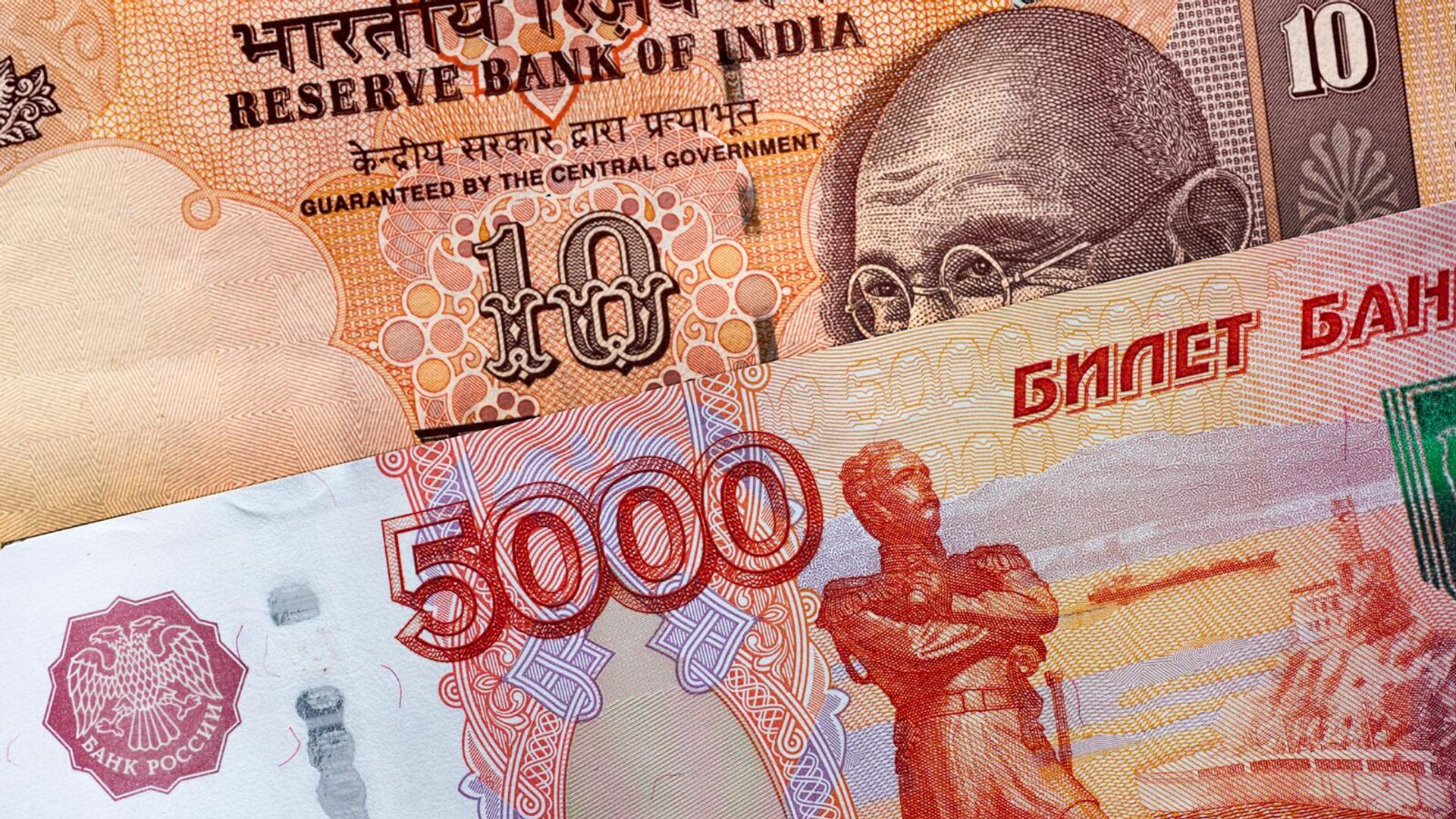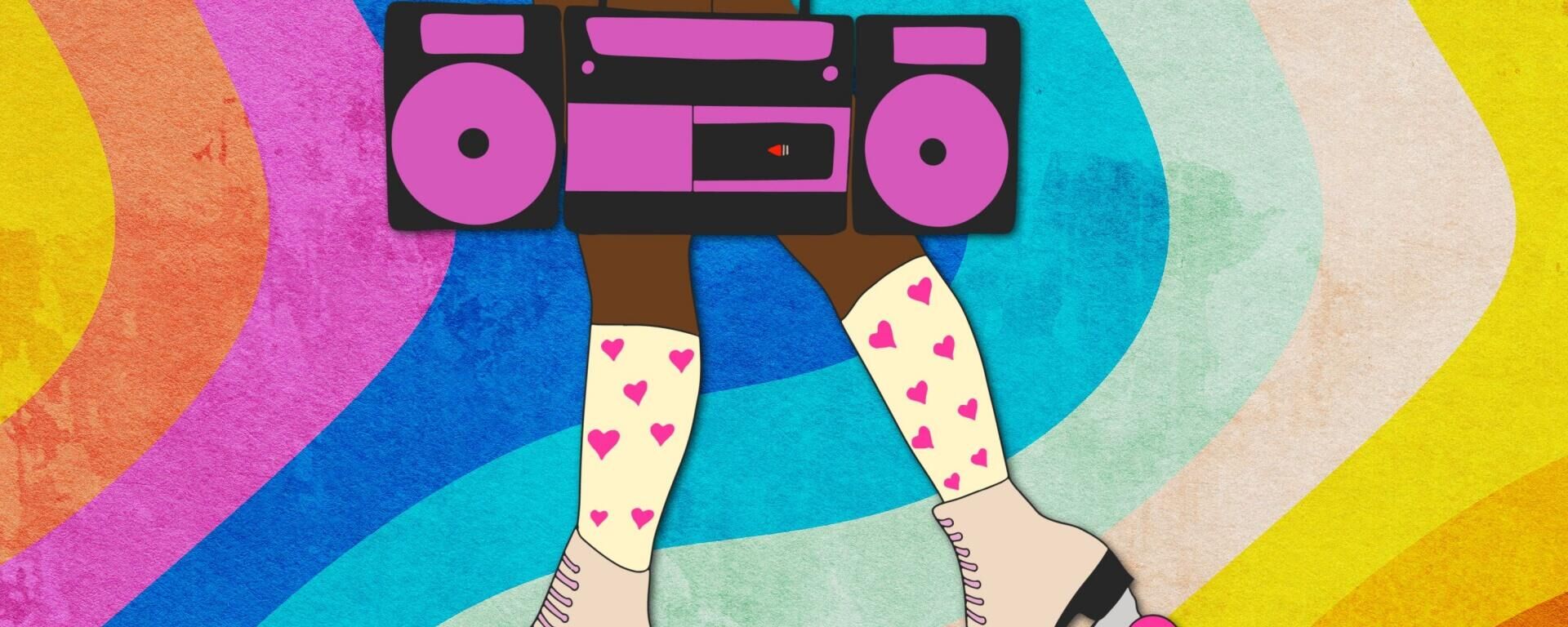India Discussing Rupee-Ruble Payment Mechanism With Russia
13:35 GMT 24.06.2022 (Updated: 16:29 GMT 08.12.2022)

© Photo : BRICS
Subscribe
Bilateral trade between New Delhi and Moscow stood at $8.1 billion in 2020-21, according to official data. Both countries have set a trade target of $30 billion by 2025. Trading in domestic currencies has assumed ever more significance, as India has ramped up its purchases of Russian oil over the last few months despite Western sanctions on Moscow.
The deputy governor of the Reserve Bank of India (RBI), the country’s central bank, said on Friday that New Delhi and Moscow are trying to work out a mechanism to facilitate trade between the two nations in rupees, which could then be converted to rubles at Russian financial institutions.
“The RBI will do whatever the government decides,” RBI’s deputy governor Michael Patra said at an event organized by Indian business advocacy group PHD Chamber of Commerce and Industry in New Delhi.
The comment was made in response to a question about the ongoing discussions between the two governments reinstating the rupee-ruble payment mechanism, which was in place during the Cold War before the collapse of the Soviet Union.
The Western sanctions against major Russian banks, backed by the US, EU and other allies, in the wake of Moscow’s special military operation in Ukraine has raised concerns about “secondary sanctions” among Indian companies, which have been trading with both Western nations and Russia.
While New Delhi has officially rejected the unilateral Western sanctions, many Indian companies have complained about their inability to send and receive payments from their Russian business partners owing to major Russian banks being cut off from SWIFT payment channels.
Patra said that as means to avert Western sanctions, an alternative payment mechanism will emerge across the world.
The deputy governor said that he was “worried” about these changes in the global financial architecture, which has been dominated by trade in American dollars since the end of the Second World War.
“The rules (governing financial institutions) and the protocols will diversify around the world. These changes are already underway,” he argued.
Patra also made a reference to the US-backed Indo-Pacific Economic Framework (IPEF), which was unveiled by President Joe Biden last month in Tokyo. New Delhi is among the founding members of IPEF, which the US says is aimed at presenting “alternatives” to China for businesses in the Asia-Pacific region.
“The IPEF is meant to send a reassuring message from the US to friendly nations about the reliability of supply chains in the region,” he stated.
India Fully Supports ‘Internationalization’ of Rupee, Says Patra
Patra remarked that the Indian government was fully supportive of “internationalizing” the rupee in view of the changing “international financial architecture” owing to the coming together of economies such as China, Russia and Iran.
“The value of the rupee traded on the NDF (non-deliverable forward, a two-party currency derivatives contract to exchange cash flows) market in London is three times in Mumbai… So, the rupee is already an international currency,” he stated.
“The RBI allows Indian banks to trade in other NDF markets such as Singapore and London,” he added.
“We get important cues from the NDF trade taking place in other markets which are ahead of us (with regard to the time zone),” Patra said.
India’s Inflation ‘Tethered’ to Ukraine Conflict, Will Ease Next Year
In his speech, Patra also said that the eight-year high retail inflation was “tethered” to the conflict in Ukraine.
He, however, added that the inflation was “peaking” and would return to the “tolerable limit” of 2-6 percent in the January-March quarter of the 2022-23 financial year.
Owing to the inflation of 7.7 percent in April, the RBI revised the Gross Domestic Product (GDP) forecast from 7.8 percent previously to 7.2 percent.
The top bank also hiked the repo rate by 50 basis points to 4.9 percent this month, thus squeezing the liquidity in the market.
Patra said that the pressure on food and fuel prices caused by supply chain disruptions owing to the Western sanctions against Russia have been mainly responsible for driving inflation in India.
The developed economies of the European Union and the US have also reported soaring inflation rates following the application of their own sanctions, triggering the tightening of monetary policy by central banks globally.
“With inflation at multi-decadal highs across advanced and emerging and developing economies, the inflation crisis is global. Actually, it is just the face of one of the most severe food and energy crises in recent history that now threatens the most vulnerable across the globe. In response, the most widespread monetary policy tightening in decades is underway,” he noted.
Want to know more? Check out our Koo & Telegram accounts!
Sputnik India: https://t.me/sputniknewsindia


